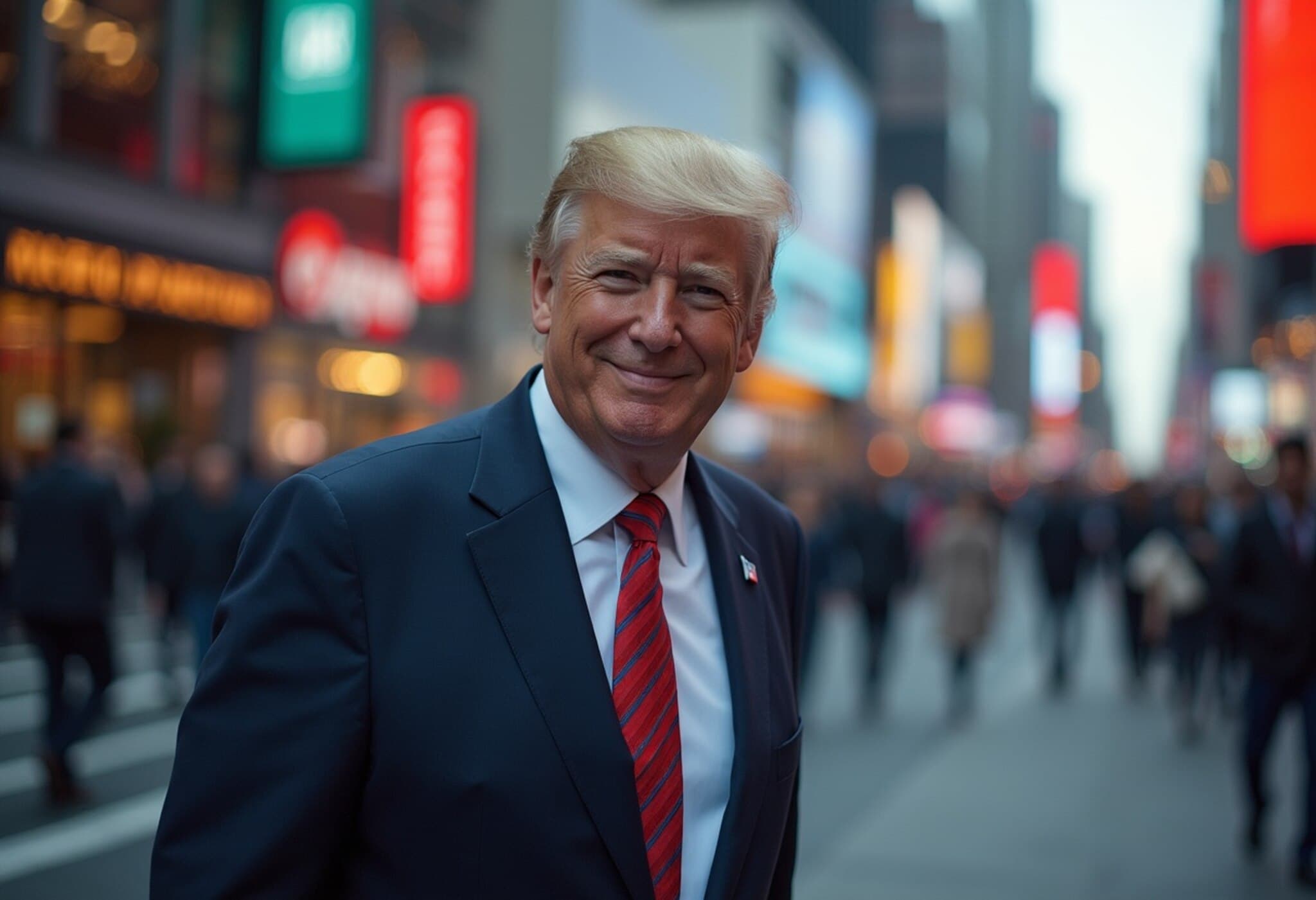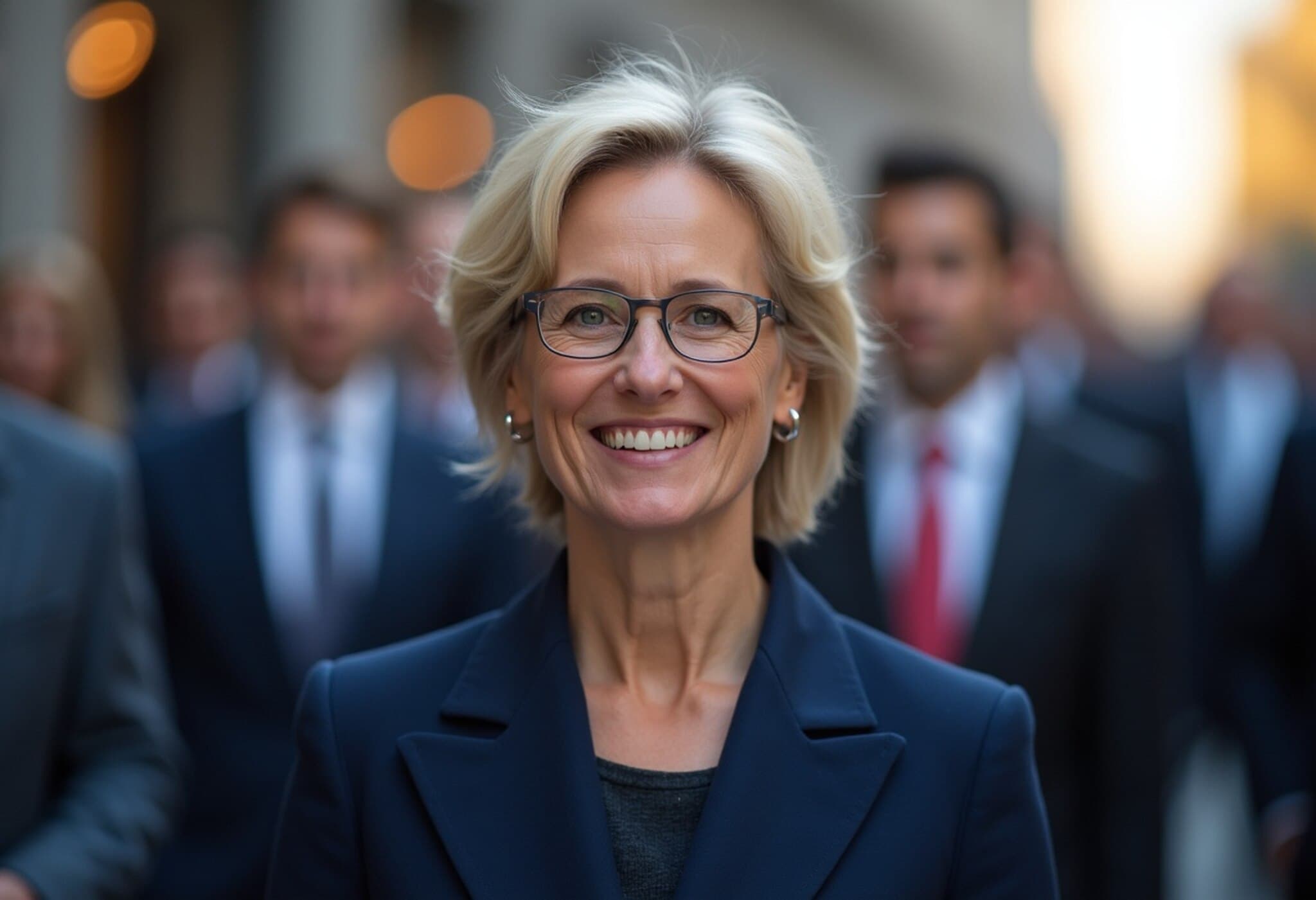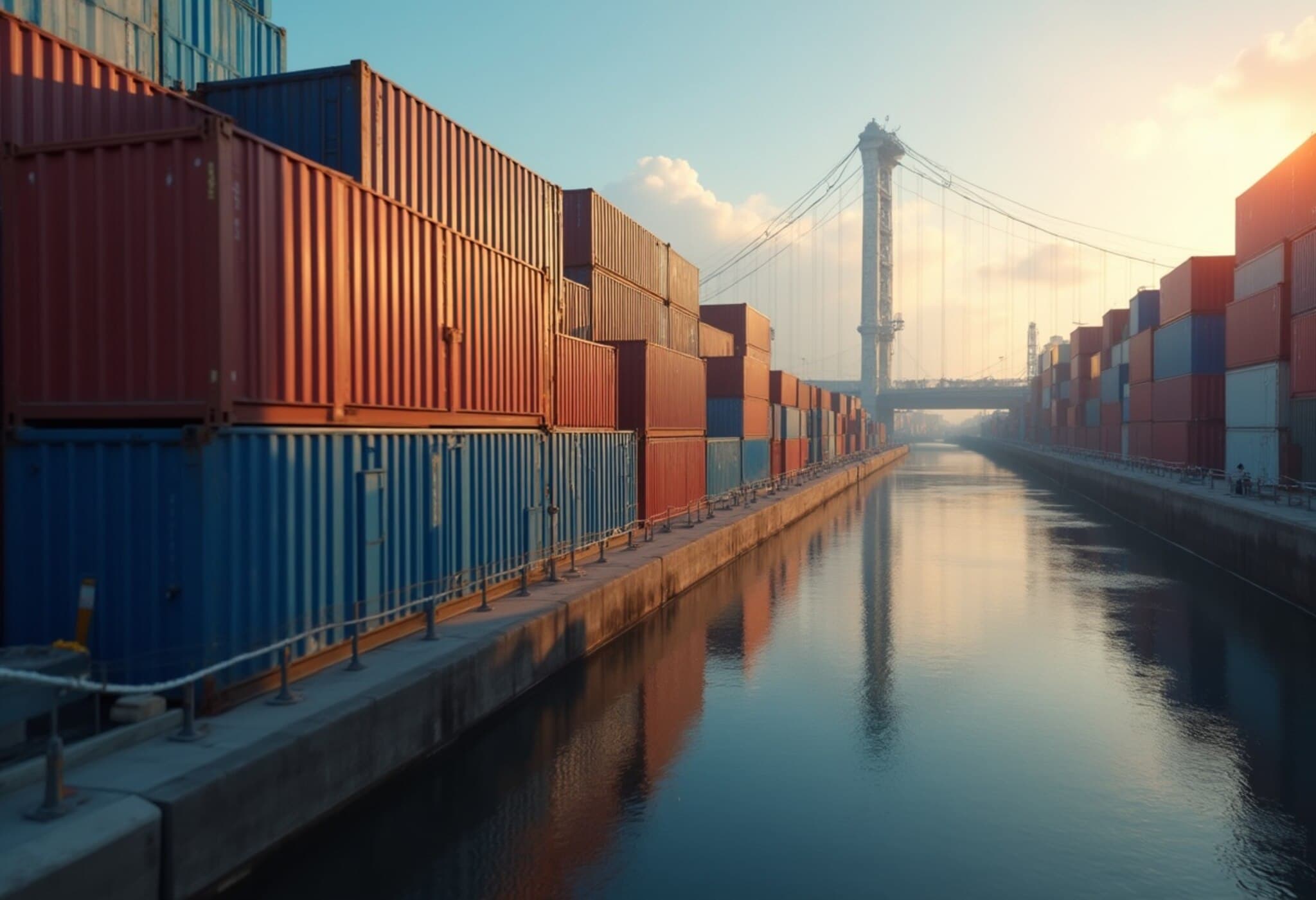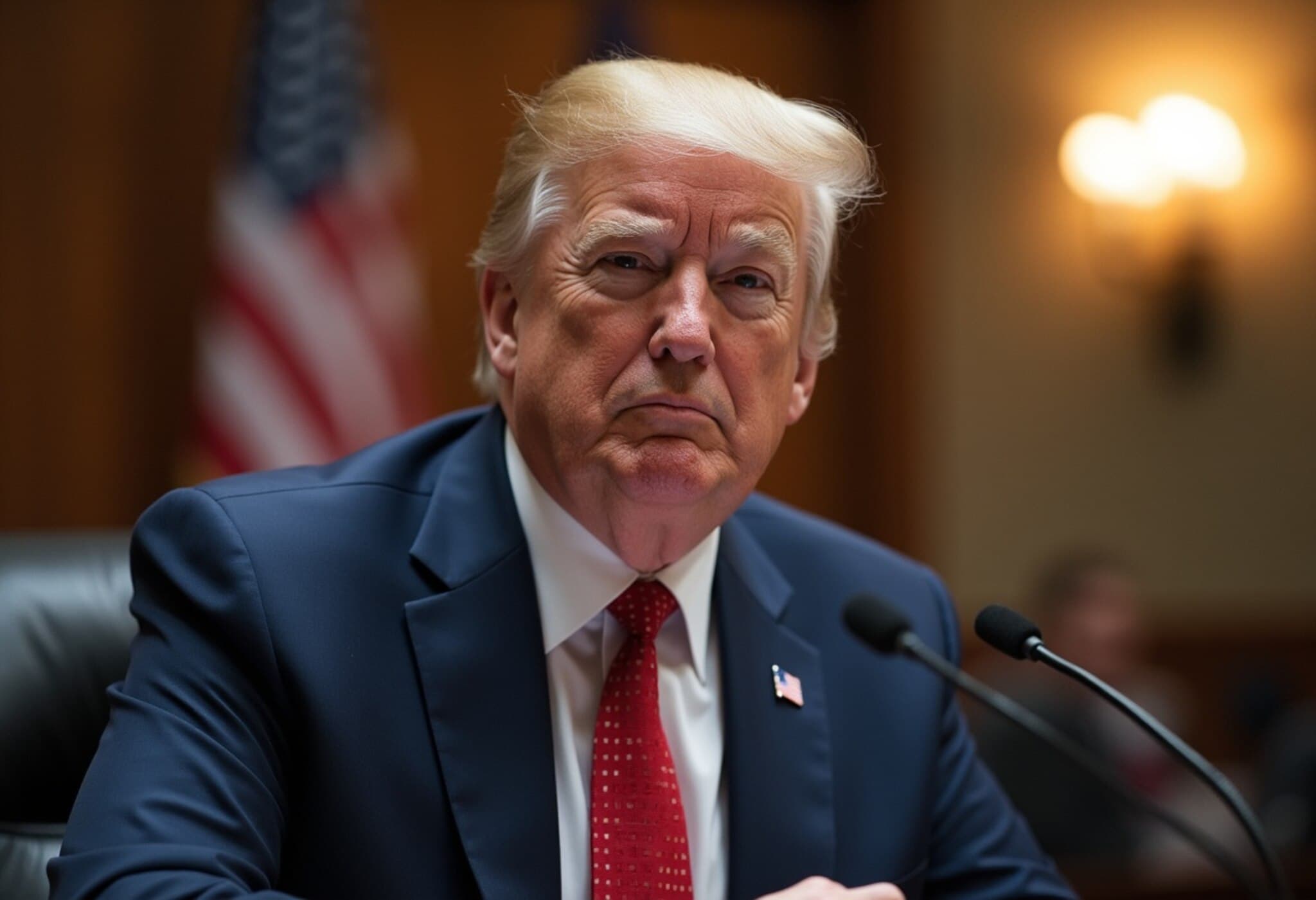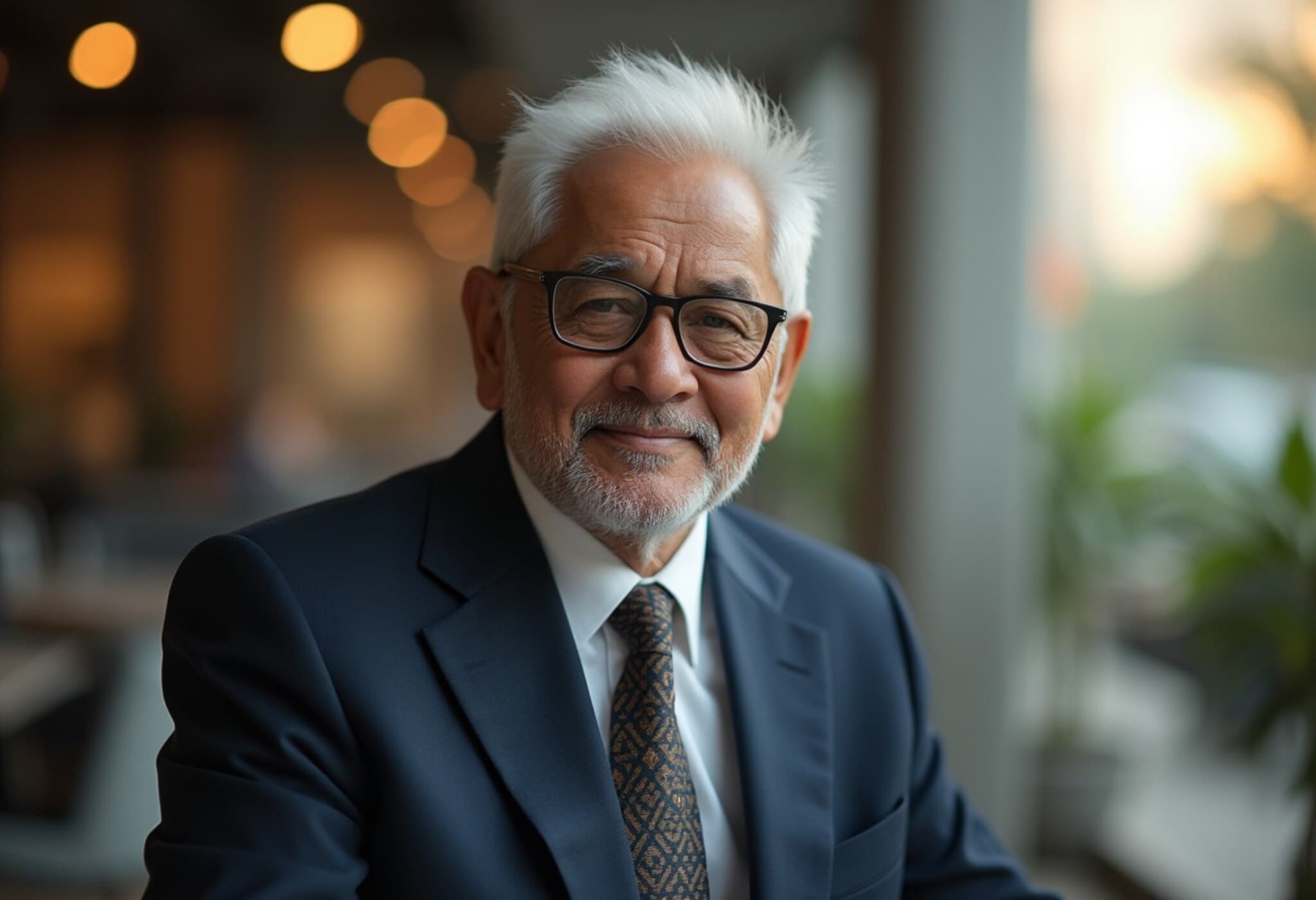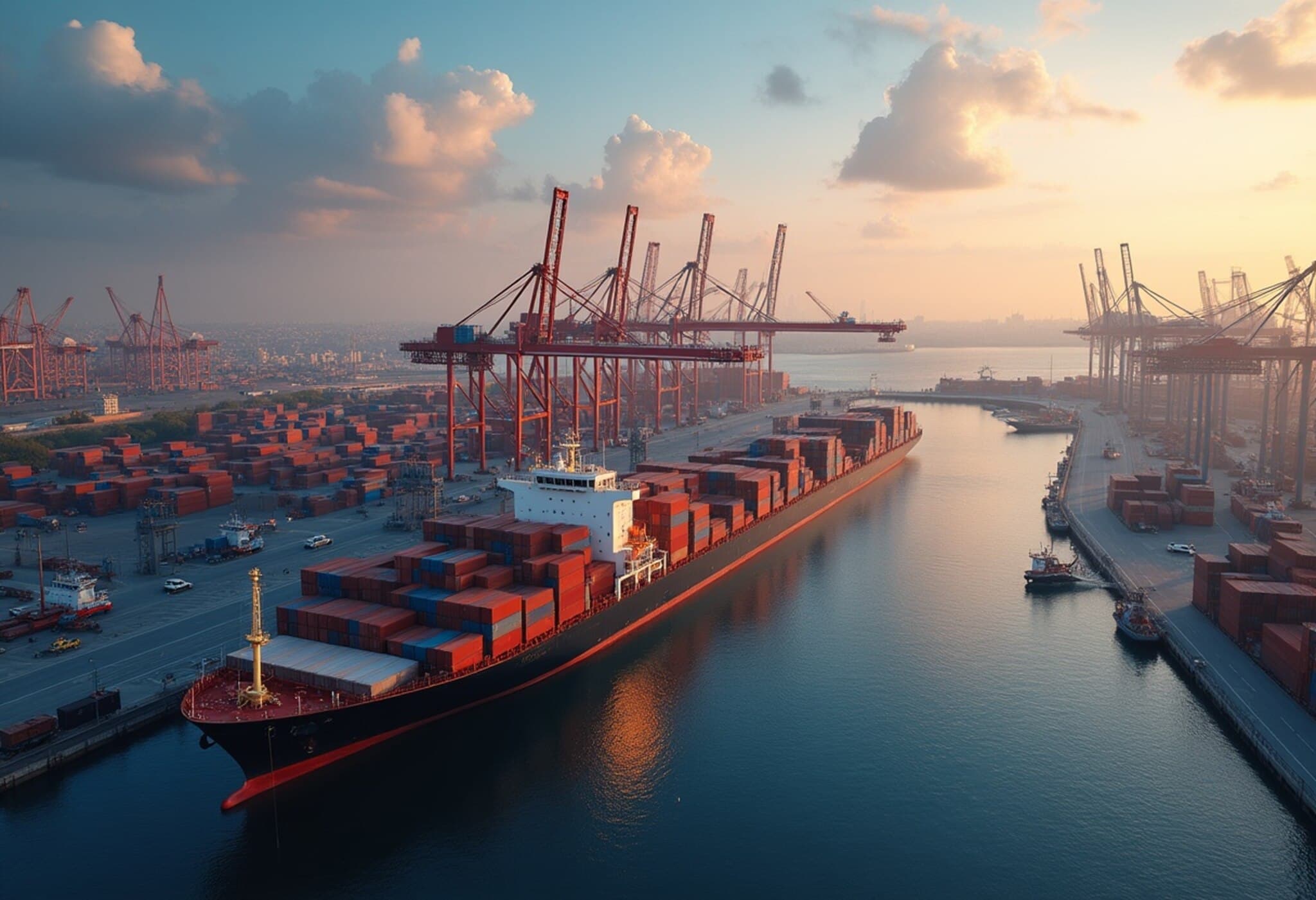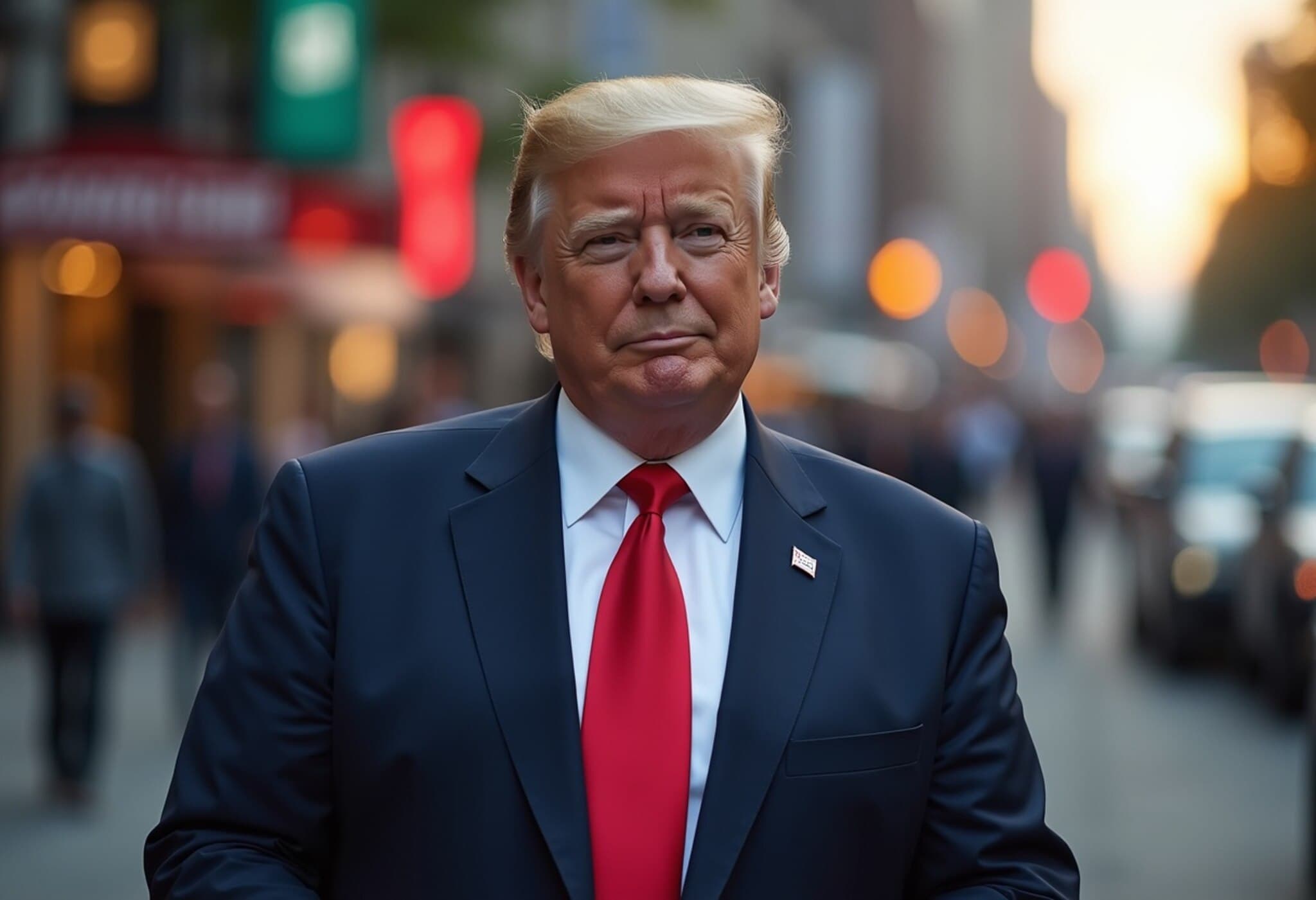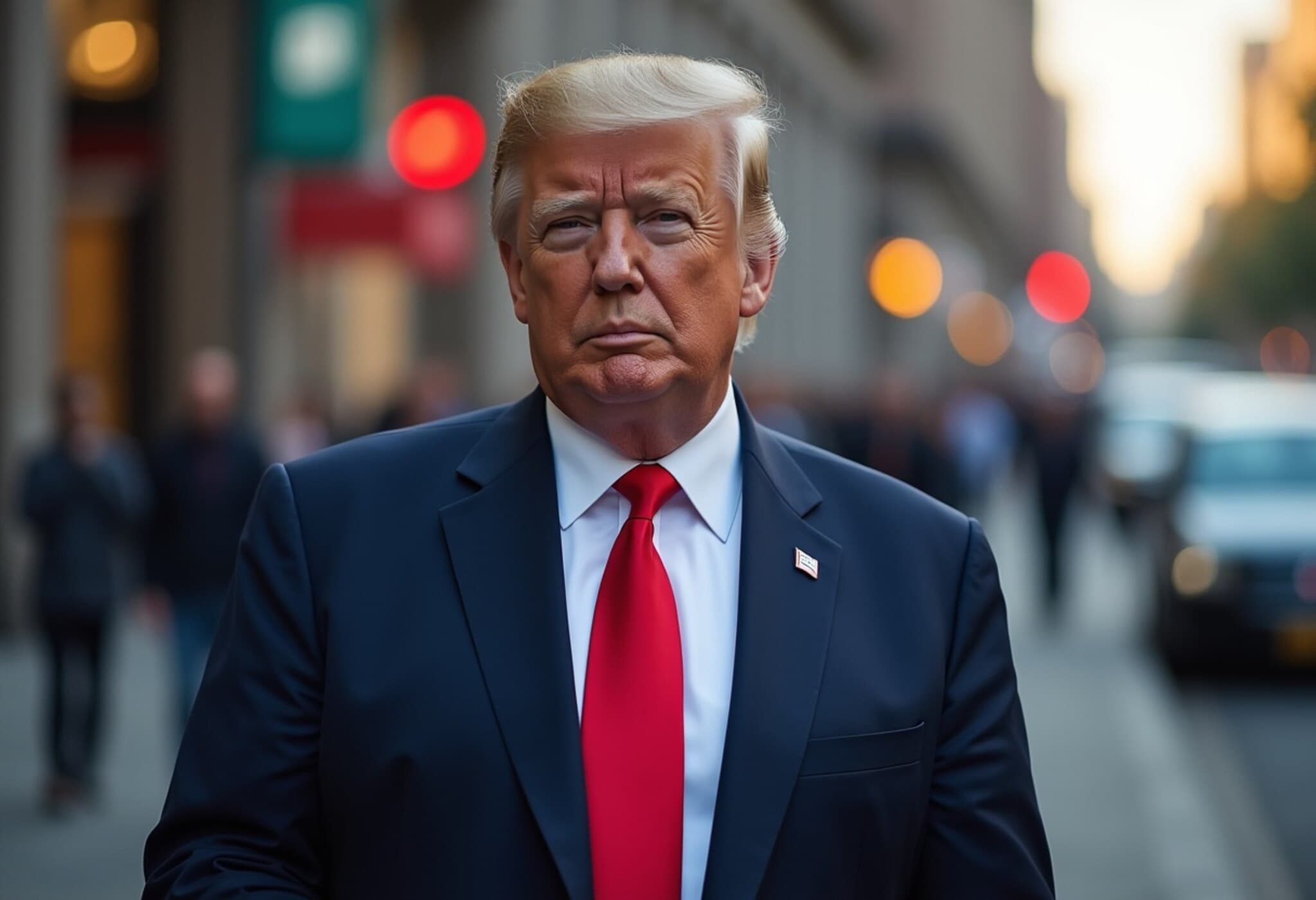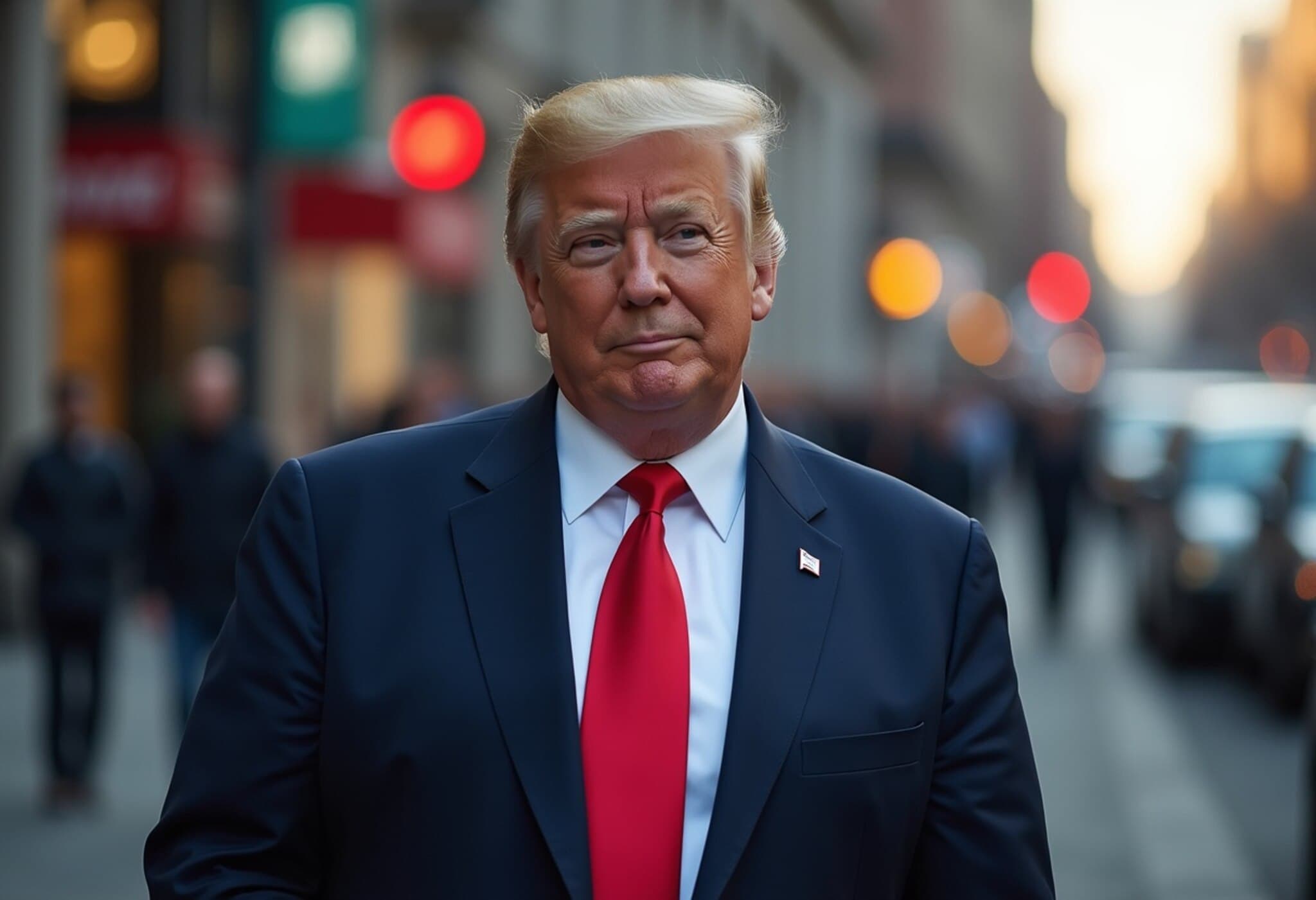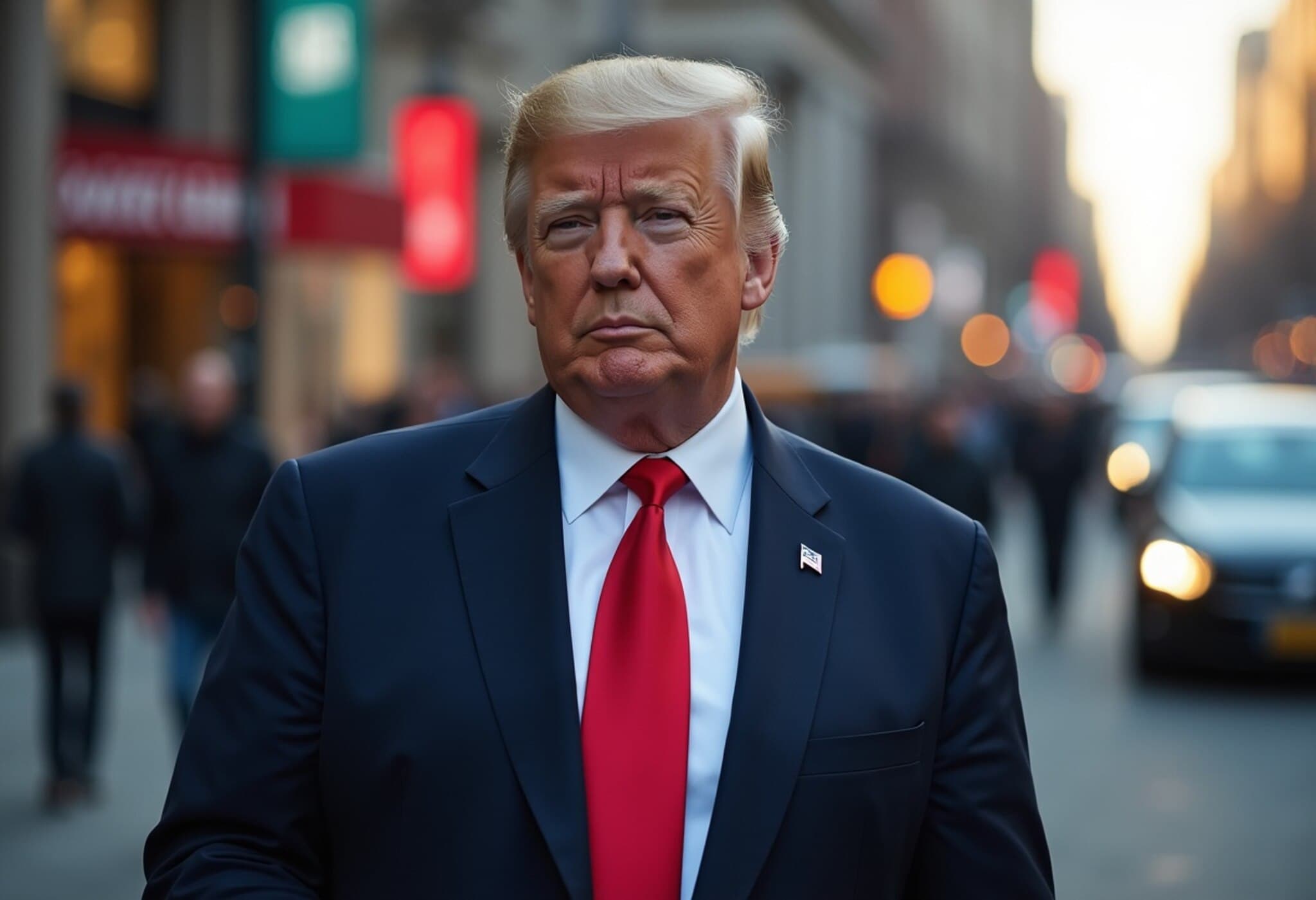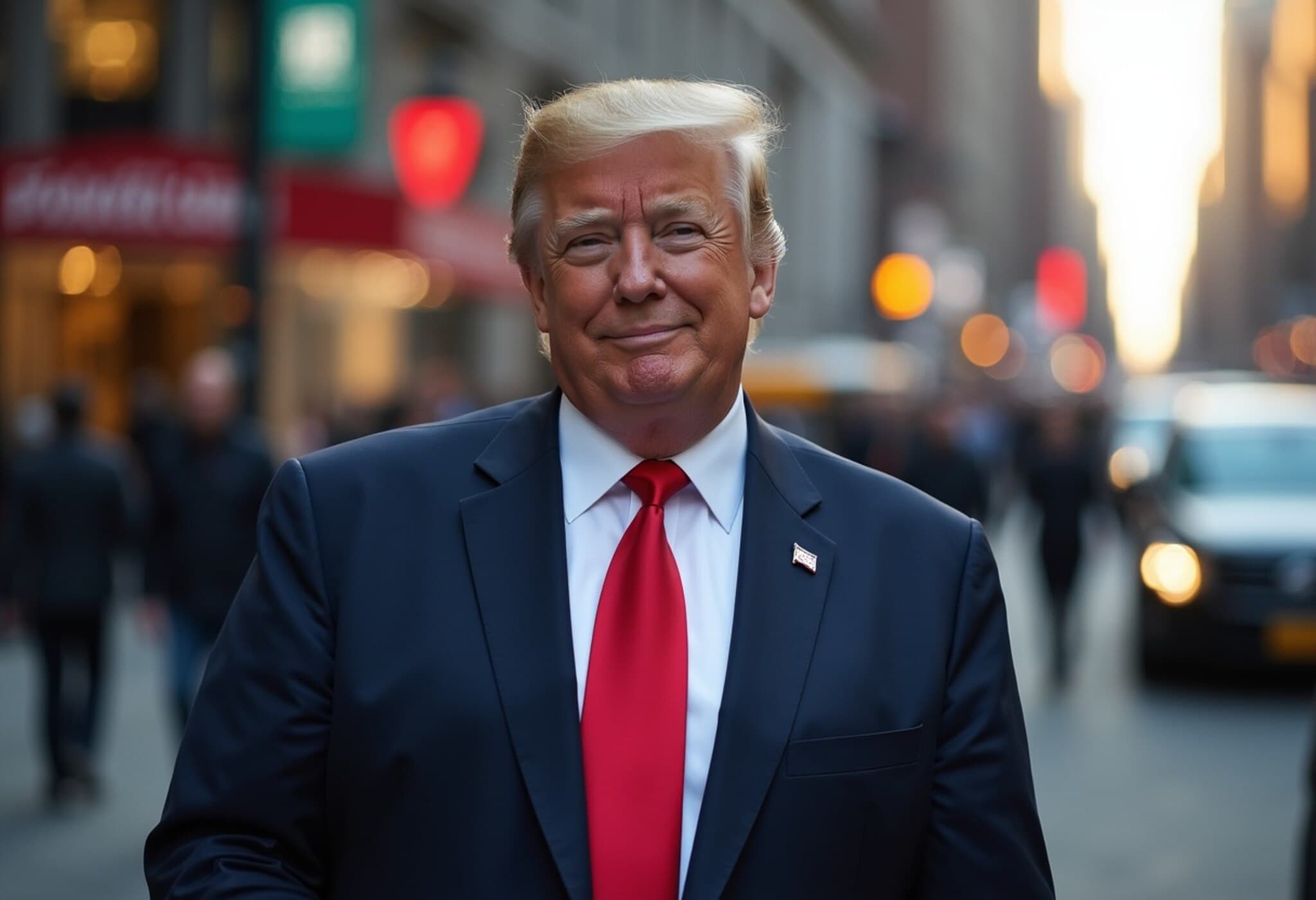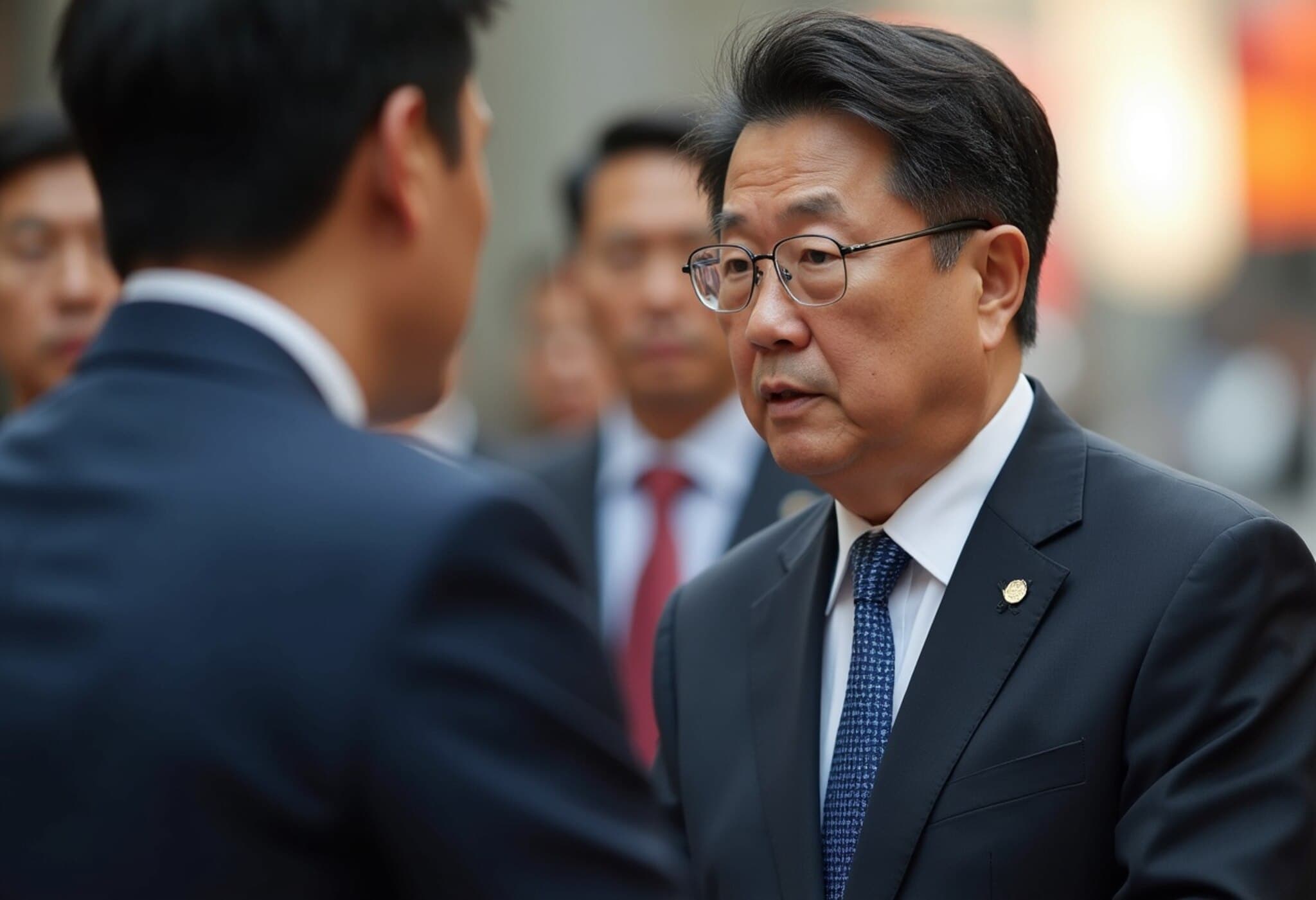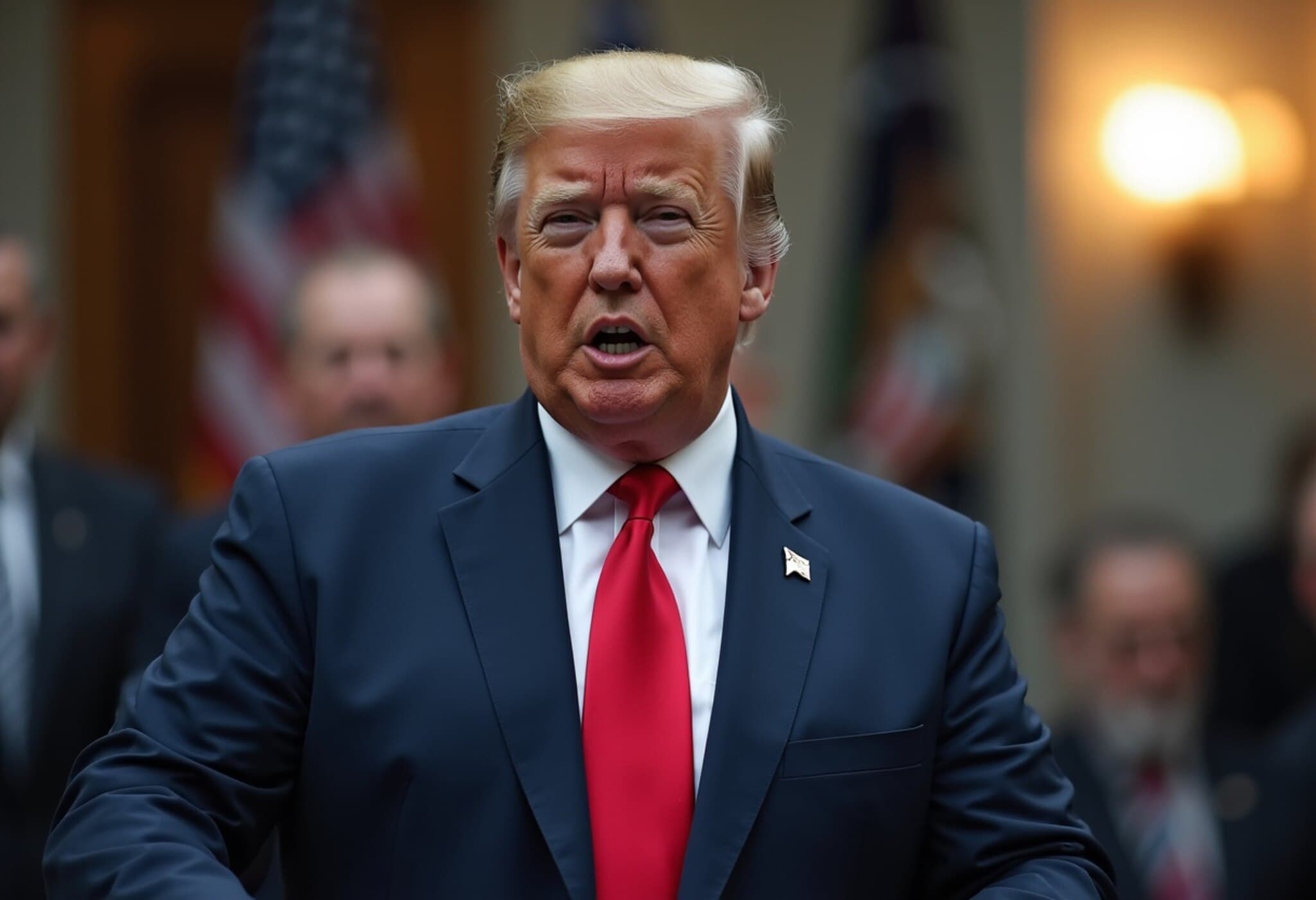U.S. Commits to Correct Tariff Overlap Affecting Japanese Goods
In a significant development following intense trade negotiations, the U.S. government has pledged to amend a presidential executive order to eliminate overlapping tariffs on Japanese products. This announcement came on Thursday after discussions in Washington, where Japan's chief trade negotiator, Ryosei Akazawa, met with U.S. Commerce Secretary Howard Lutnick and Treasury Secretary Scott Bessent to address a "regrettable" tariff oversight.
The Tariff Controversy: What Happened?
Last month, the U.S. imposed a 15% tariff on certain Japanese imports as part of a broader trade agreement. However, some goods—especially beef—were inadvertently subject to multiple tariffs stacked on top of one another, creating unintended burdens for Japanese exporters. This issue stemmed from the July 31 presidential order, which featured a no-stacking clause that applied only to the European Union and not to Japan.
During the talks, Akazawa urged Lutnick and Bessent to ensure this double tariff system is rectified. In response, the U.S. officials agreed not only to revise the order but also to refund excess duties that had been collected mistakenly. Such a corrective step is pivotal as it restores trust and clarity in the trade relationship between the two nations.
Additional Tariff Adjustments and Economic Implications
In a related move, the U.S. also declared an intention to reduce auto tariffs from 27.5% to 15%, aligning with the recent trade agreement stipulations. This reduction is poised to benefit Japanese automakers and enhance bilateral trade dynamics.
These developments have injected optimism into financial markets; Japan's Topix index surged past the psychologically significant 3,000 mark, powered by both tariff clarity and robust corporate earnings reports.
Behind the Scenes: Political Context and Challenges
Akazawa’s repeated trips to Washington—nine times since April—underscore the complexity of finalizing a trade deal with the United States. Notably, much of what was negotiated earlier, including discussions directly with former President Trump, had not been formalized into a signed agreement, leading to confusion and concerns in Japan about unpredictable tariff burdens.
Prime Minister Shigeru Ishiba faced domestic criticism for declining to issue a joint statement with Trump after last month’s upper house election setbacks. While some party members pressured Ishiba to step down, he defended his approach as a pragmatic means to expedite the trade deal’s implementation.
An important facet of the agreement involves Japan’s commitment to increase investments in the U.S. by up to $550 billion, backed by government loans and guarantees aimed at mutual economic gains. Though Akazawa did not disclose whether investment pledges were discussed during this week's meetings, Japan affirmed its intention to maintain open channels of communication with Washington across multiple governmental levels.
Expert Insights: What This Means for U.S.-Japan Trade
From a policy analyst’s viewpoint, the tariff overlap issue highlights a recurring challenge in fast-moving trade negotiations: the risk of unintended consequences when executive orders outpace formal legislative clarity. Rectifying these overlaps is crucial not only to safeguard exporters from excessive costs but also to preserve diplomatic goodwill.
Moreover, the planned lowering of auto tariffs reflects an acknowledgment of the automotive sector's economic weight on both sides. Japan's massive investment commitment also signals a long-term strategic partnership beyond mere tariff negotiations, tapping into infrastructure, technology, and innovation sectors.
Underreported Narrative: Domestic Political Pressures
The ebb and flow of Japan-U.S. trade ties occur amid domestic political turbulence in Japan. Ishiba’s decision not to pursue a joint statement with Trump was a tactical move that may have impacted confidence among opposition factions and business stakeholders eager for clarity. This reveals the intricate balance leaders must maintain between political expediency and diplomatic transparency.
Looking Ahead: Questions That Remain
- How will the U.S. ensure no future tariff stacking incidents happen without timely redress?
- What specific sectors beyond beef and autos will be affected by the revised tariffs?
- How will Japan’s investment pledge in the U.S. be implemented and monitored?
- What role will changing U.S. administration policies have on this evolving trade framework?
Editor’s Note
This latest agreement to fix the double tariff issue marks a critical step toward stabilizing one of the world’s most important economic partnerships. While the resolution alleviates immediate trade frictions, it also exposes the complexities and political nuances underpinning international agreements. For policymakers and investors alike, the unfolding U.S.-Japan relationship will be a key indicator of how carefully crafted diplomacy, economic pragmatism, and political realities converge in global trade.

